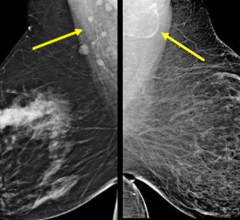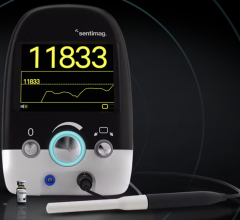June 29, 2007 — Visits to emergency departments increased to an all-time high of 115 million in 2005, 5 million more than in 2004, according to a new report from the Centers for Disease Control and Prevention. The American College of Emergency Physicians (ACEP) said the increase in visits combined with closures of emergency departments threaten the safety of patients and will further endanger an already fragile system.
“With 315,000 people visiting emergency departments every day, the alarm bells are sounding and policymakers should heed the alert and respond,” said Brian Keaton, M.D., president of ACEP. “Emergency physicians are dedicated to saving lives. We want to provide quality care to all of our patients, but we need additional resources to be able to deliver that care. That’s why we are asking Congress to pass the Access to Emergency Medical Services Act. This urgently needed legislation will help reduce the dangerous trends that are limiting the public’s access to high-quality, lifesaving medical care and stripping emergency departments of their ability to respond to disasters.”
The Access to Emergency Medical Services Act (H.R. 882 and S.1003) calls for the creation of a national bipartisan commission on access to emergency medical services which will examine factors that affect and may impede the delivery of care in U.S. emergency departments. The proposed legislation also recognizes the need for additional resources in support of care delivery. The Senate bill directs that a working group within the Centers for Medicare and Medicaid Services be convened to develop boarding and diversion standards, as well as guidelines and incentives for implementation of those standards. The House bill requires hospitals to report to the Department of Health and Human Services statistics on how many patients are boarded and for how long. The legislation is sponsored by Reps. Bart Gordon (D-TN) and Pete Sessions (R-TX) and U.S. Senators Debbie Stabenow (D-MI) and Arlen Specter (R-PA).
According to the new report, nearly 42 million visits to emergency rooms were because of injuries. The leading patient complaints, accounting for nearly one-fifth of all visits, were abdominal pain, chest pain and fever. Only 13.9 percent of visits were for nonurgent medical reasons conditions that can still need medical attention soon, such as bladder infections, high fevers, and extremity injuries that could be fractures.
The new report said the closure of emergency departments combined with the overall increase in visits resulted in a 31-percent increase in visits per emergency department since 1995. There were 30,388 visits per emergency department in 2005 compared with 23,119 visits per emergency department in 1995. Medicaid recipients had the highest rate of emergency visits (88/100 persons) of all groups including Medicare enrollees and the uninsured, which indicates severe health care access problems by Medicaid patients.
“Emergency departments are the nation’s health care safety net for everyone, not just the uninsured,” said Dr. Keaton. “But that safety net is breaking under the load, and we are asking the public to contact their members of Congress today by logging onto ACEP’s website at www.acep.org. Given the struggles we face day-to-day, how can we be ready to respond to disasters and acts of terrorism? As citizens, we all need to let Congress know that we are deeply concerned about the alarming findings of the CDC report, and this urgently needed legislation must be passed.”
ACEP is a national medical specialty society representing emergency medicine with more than 25,000 members. ACEP is committed to advancing emergency care through continuing education, research and public education. Headquartered in Dallas, TX, ACEP has 53 chapters representing each state, as well as Puerto Rico and the District of Columbia. A Government Services Chapter represents emergency physicians employed by military branches and other government agencies.
For more information: www.acep.org


 July 29, 2024
July 29, 2024 








